.Looking to extend your home, but can’t face the thought of applying and waiting for planning permissions? Look no further because we reveal the home renovation projects you can usually tackle under permitted development.
We know trying to work out which projects don’t need planning permission can be a bit of a minefield, so we’ve researched what you can build without planning permission, today. If you love your community but need more space, skip the stress of moving and the costs involved by improving your home instead.
The list of home renovations you can make without the need for permission may be longer than you think. At time of writing, these home additions can be taken on hassle free. But we’d ALWAYS advise you quickly double check your local council’s website before taking on costly work.
Permitted development – what you can build without planning permission
1. Add a standard loft conversion
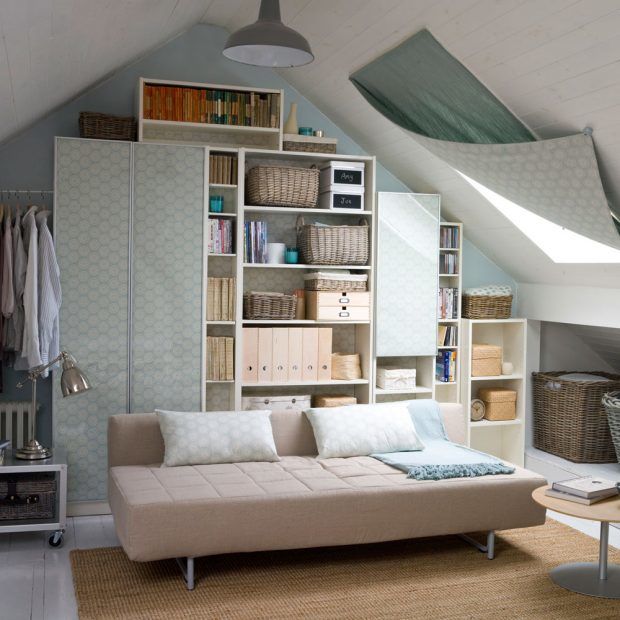
It’s the home renovation of choice after the last year, as homeowners look to improve rather than move. The majority of loft conversions fall under ‘permitted development’ – in other words, you don’t need planning permission to have one. In most areas of the UK, you won’t need planning permission as long as the loft conversion is no higher than the highest part of the roof and a similar material to the rest to the house is used.
Of course any form of loft conversion idea that goes beyond your permitted ceiling space does require permissions. If you live in a designated area such as a national park or World Heritage Sites you will not be allowed a roof extension.
If you live in a terraced house the conversion can have a volume allowance of 40 cubic metres of additional space. Detached and semi-detached houses can have an extra 10 cubic metres on top of this. However, the roof enlargement can’t hang over the outer wall of the house.
2. Add a single-storey extension
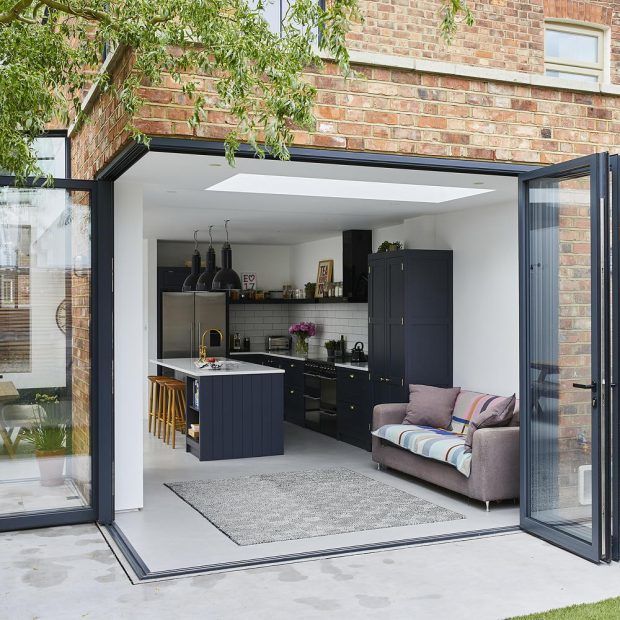
It might surprise you to find out that you don’t need planning permission for building a single-storey extension. However, it will have to adhere to a long list of conditions including the size, height and roof pitch of the extension. Building a single-storey extension is possible without permission, if you follow these regulations advise the experts at MyJob Quote:
The extension is built on the side or rear of the home
Cannot extend past the rear wall by 3 metres for an attached property or 4 metres for a detached home
Building materials must be similar to the existing property
It takes up less than 50% of the land surrounding the property
Must be less than 4 metres in height or 3 metres if it is within 2 metres of a boundary
Any eaves or ridges must be no taller than the original property
All your need to know: Building an extension on a house guide – what to do, where to start and planning permission, explained
3. Install a garden room
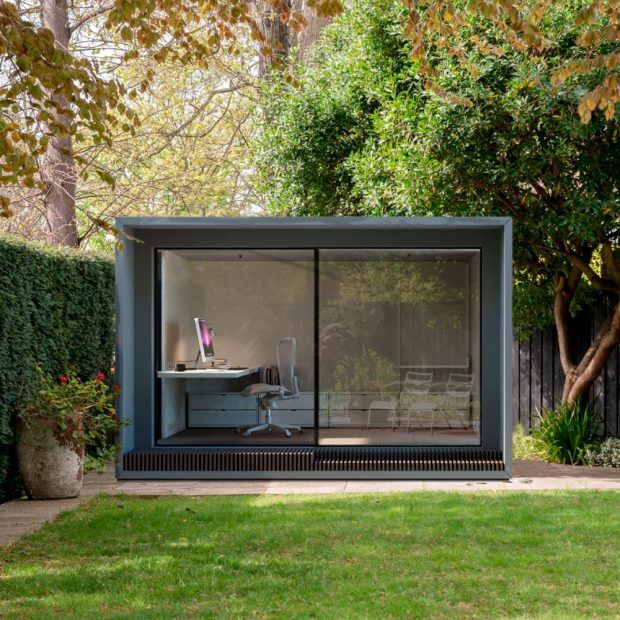
Garden room design ideas have never been so popular, as homeowners look to add valuable extra space for home offices, gyms and more. The popularity of garden room ideas over the past 12 months has been no surprise, as an effective way to add an extra room without an extension or the need for planning (in most cases).
If your building is away from the house, takes up less than 50 per cent of the garden and is smaller than 15 sq m, or in some cases 30 sq m, you’re unlikely to need planning permission or Building Regulations Approval. However, there are exceptions – such as if you intend to use the room for sleeping – so check online at planningportal.gov.uk, and consult your local council’s planning department.
”The Permitted Development rights which would ordinarily allow detached garden buildings only apply to gardens of single dwellings. And therefore communal or gardens belonging to flats are unlikely to qualify’ warns Jo at Modulr Space. ‘These include Location within conservation area; location within the curtilage of a listed building; location within a national park or area of outstanding natural beauty. And where a highway/footpath is located beyond a garden boundary’
‘The use of any garden building is restricted to purposes ‘incidental to the enjoyment of a dwelling house’ – essentially household only use’ Jo explains. ‘Permitted Development rights can also be removed by local orders or by other planning restrictions which may have been imposed on previous planning permissions.’ If in doubt, check it out first.
4. Replace windows and doors
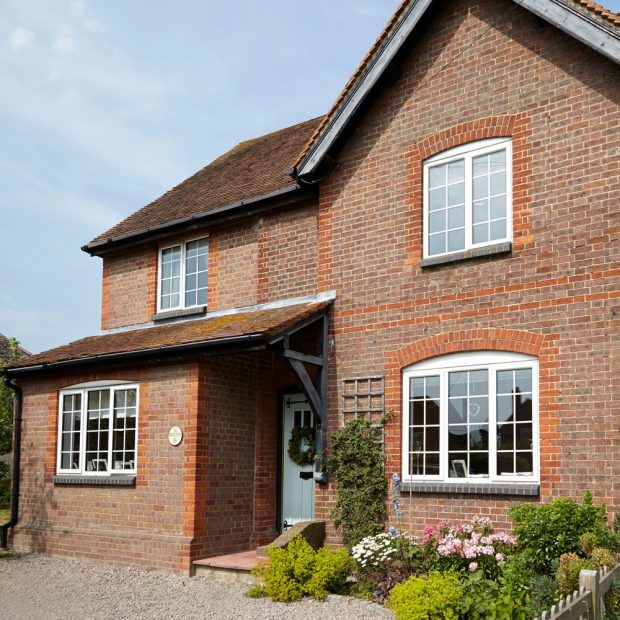
New windows and patio or French doors can be totally transformative for any property, both atheistically but also on a practical note to aid with a more energy efficient home. The good news is you don’t require any permissions to replace single glazed to double-glazed windows – unless your home is listed, where you will need to seek permission. You can replace all of the windows in your home, as long as the style is similar to the existing windows. You also need to make sure they provide the same or better insulation.
The planning portal states that the following do not usually need planning permission:
5. Reconfigure internal floor plan
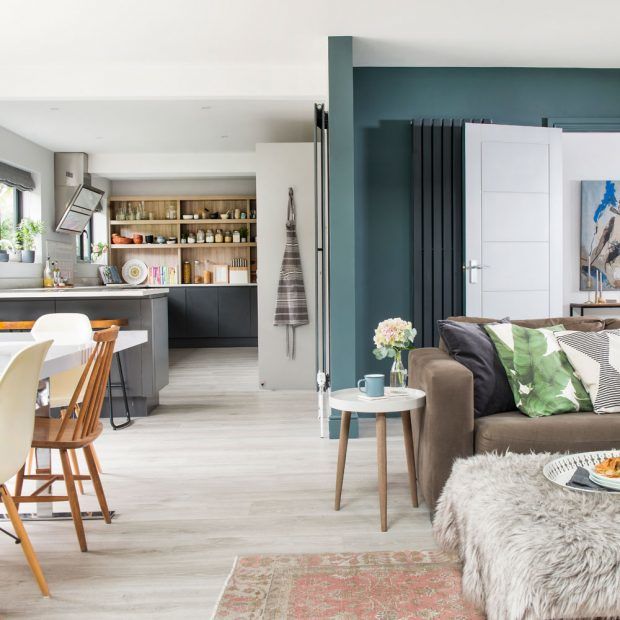
If you’ve ever watched Kirstie Allsopp on Love It or List It, you’ll know how much difference demolishing interior walls can make, creating more useable open-plan layouts.
You can reconfigure the floor plan without obtaining planning permission, provided you are not extending the overall footprint of the property. Permitted development rules allow you to carry out interior remodelling, however you will need to follow building regulations guidance for key elements of the work – i.e. any structural changes, where supporting walls are needed.
Seek help from a structural engineer to help with this process.
6. Install solar panels
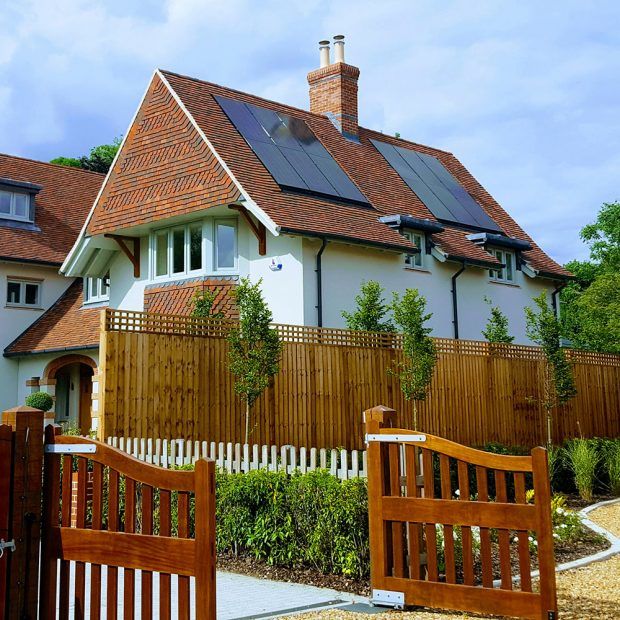
According to a 2020 government report, over 970,000 UK homes have solar panels, and numbers are increasing rapidly. Homeowners wanting to join the growing numbers will be delighted to hear it is possible to add solar panels without planning.
The planning portal advises, ‘In many cases fixing solar panels to your roof is likely to be considered ‘permitted development’ under planning law with no need to apply for planning permission. There are, however, important exceptions and provisos which must be observed.’
7. Erect fences and walls around boundaries

You can erect, maintain or alter any fence, gate or wall surrounding your property provided they are within the boundary lines and they doesn’t exceed 1m in height. Anything beyond that, along with listed buildings will need to consult and apply for planning permission.
8. Elevate space with a two-storey rear extension
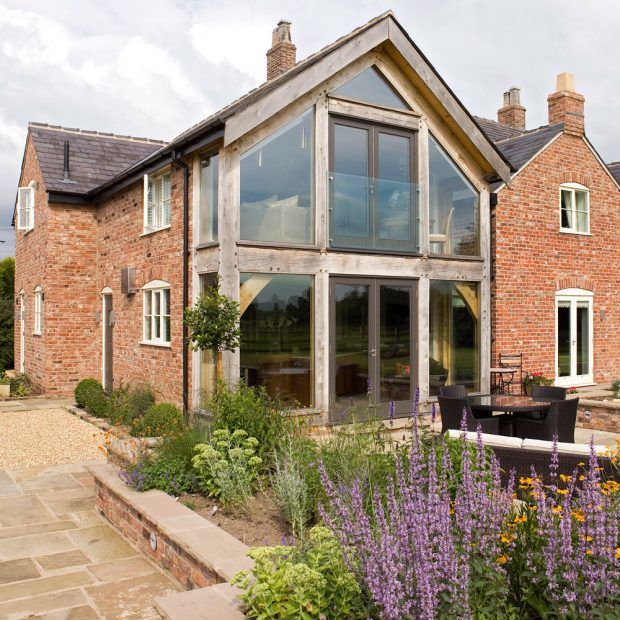
You can build a two storey rear extension without planning permission, but it has to adhere strictly to the following guidelines:
Worth noting if you wish to add a storey to an existing single-storey extension, this won’t be possible under Permitted Development Rights if the existing addition extends beyond the rear wall by more than 3m.
9. Add a side extension

You can build a side extension without planning permission, but only if it is…
If the side extension is being attached to an existing extension, the measurements above apply to both constructions as one enlargement. If you want your side extension to extend out beyond the rear wall (but not be attached to it), it is subject to the same rules as rear extensions in terms of how far it sticks out.
10. Put up a porch

You don’t need to submit an application for planning permission when building a porch if the floor doesn’t exceed 3 square metres, and it’s no more than 3 metres above ground level. You will also need to make sure that no part of the porch is within 2 metres of any boundary of the house or a highway.
However, you will need to be careful if you take the front door of the property out the porch. It then becomes part of the property and potentially subject to planning permission.
11. Construct a conservatory
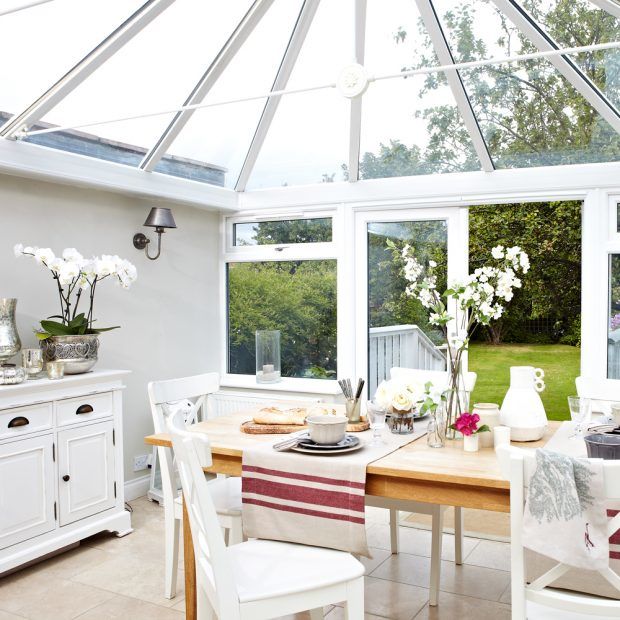
You don’t need permission for a conservatory if you adhere to the strict height and width regulations. The planning portal states, ‘Conservatories fall under the same planning regulations as any extension or addition to a house. This guide is for typical, single-storey conservatories. Adding a conservatory to a house is considered to be permitted development, not requiring an application for planning permission, provided these limits and conditions are met.’
The conservatory should cover no more than half of the land around the home and shouldn’t be higher than the highest roof. However, if the property is a single storey, the conservatory can be no higher than 4 metres.
12. Build a shed
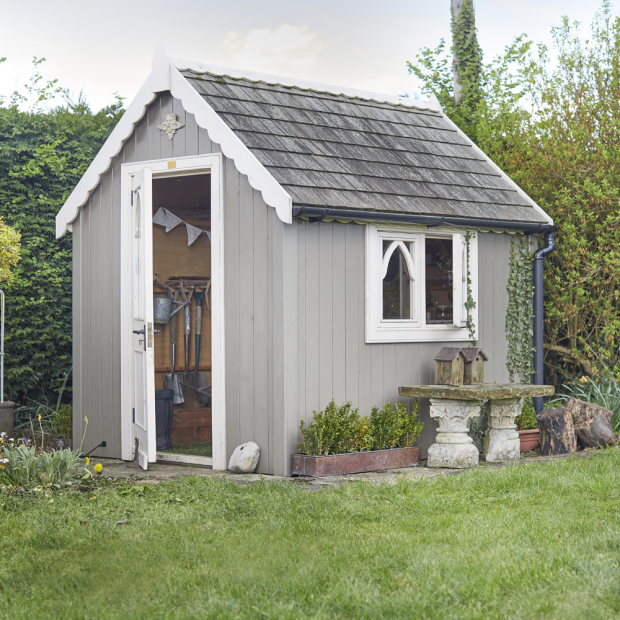
If the floor area of the shed or outdoor room is less than 15 metres and not used for sleeping you shouldn’t need to apply for any building regulations. However, it is best to check your project with the local authorities just in case architectural drawings need to be submitted
13. Invest in a basement conversion
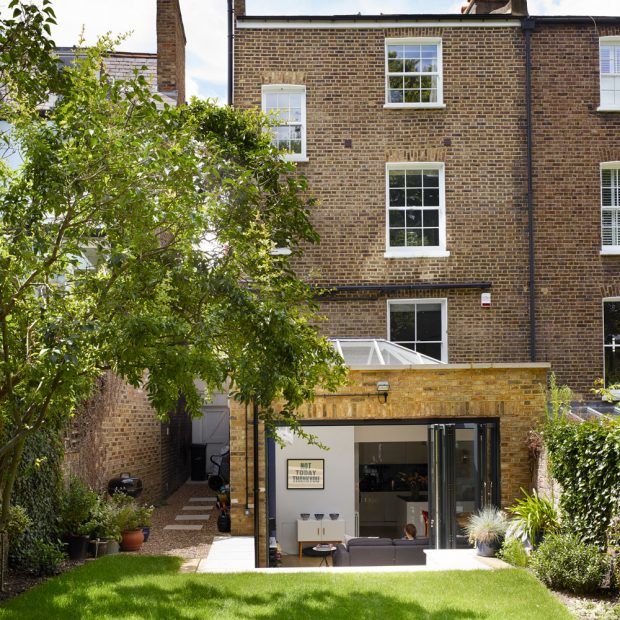
The experts at MyJobQuote advise that you can convert your basement without planning permission, as long as you are not planning to:
14. Install a raised deck
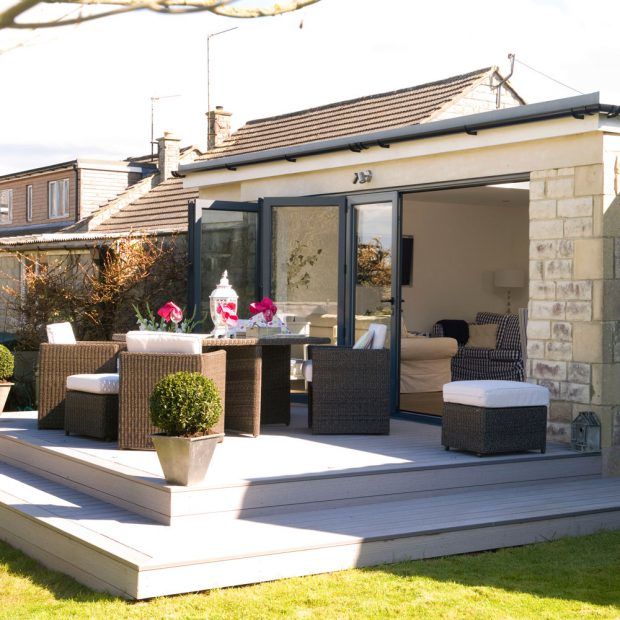
Create the perfect outdoor terrace with a raised decking area, without the need for any permissions. Putting up decking, or other raised platforms, within your garden fulls under permitted development. That is, provided the construction is no more than 30cm above the ground and covers no more than 50 per cent of the garden area. See all our Garden decking ideas and designs for plots both large and small
15. Install skylights or rooflights
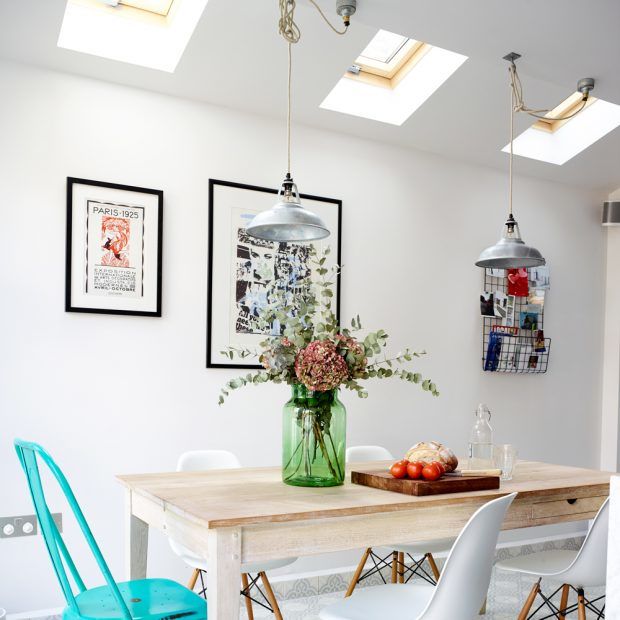
Transform a dark small space instantly by filing it with light! New rooflights or skylights will not normally require an application for planning permission, say the planning portal guidelines. That is of course providing they follow these strict rules:
‘However, if additional volume is created it may be treated as an extension and separate rules will apply.’
This curated list gives options which may be possible to do under permitted development rights, but you should always check with your local planning authority. Some local authorities may have removed permitted development rights by introducing an ‘Article 4’ direction, meaning that you will still need to apply for planning permission for works that would normally be covered under the initiative. Contact the planning office at your local council for details and guidance on next steps.
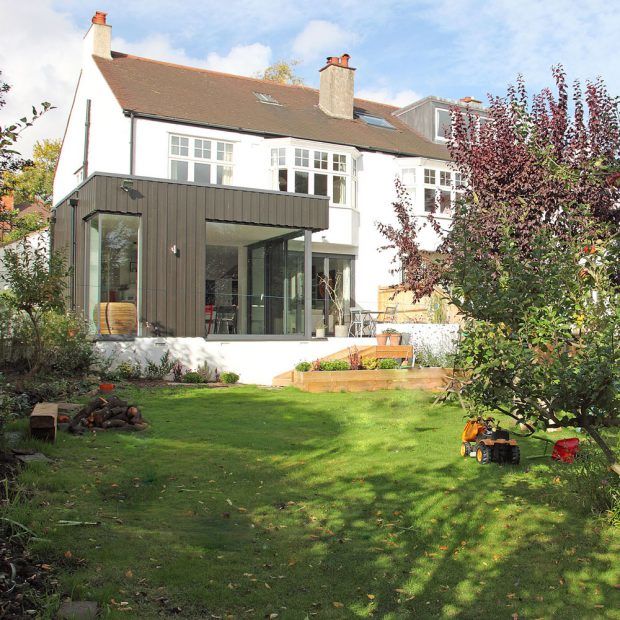
It’s always best to obtain a Certificate of Lawful Development from your local authority for any works you’re carrying out, confirming the project falls within permitted development rights. For more information, visit planningportal.co.uk.
What is permitted development?
Permitted development rights – the ability to perform certain types of work on a property you own without the need to for planning permission. These were introduced in May 2013. They have since been made permanent in Parliament.
The scope of permitted development rights initially increased the size limits for the depth of single-storey domestic extensions from 4m to 8m (for detached houses). And from 3m to 6m (for all other houses) for a period of three years, provided they weren’t in protected areas. This is now a formal legislation.



![A Tranquil Jungle House That Incorporates Japanese Ethos [Video]](https://asean2.ainewslabs.com/images/22/08/b-2ennetkmmnn_t.jpg)









